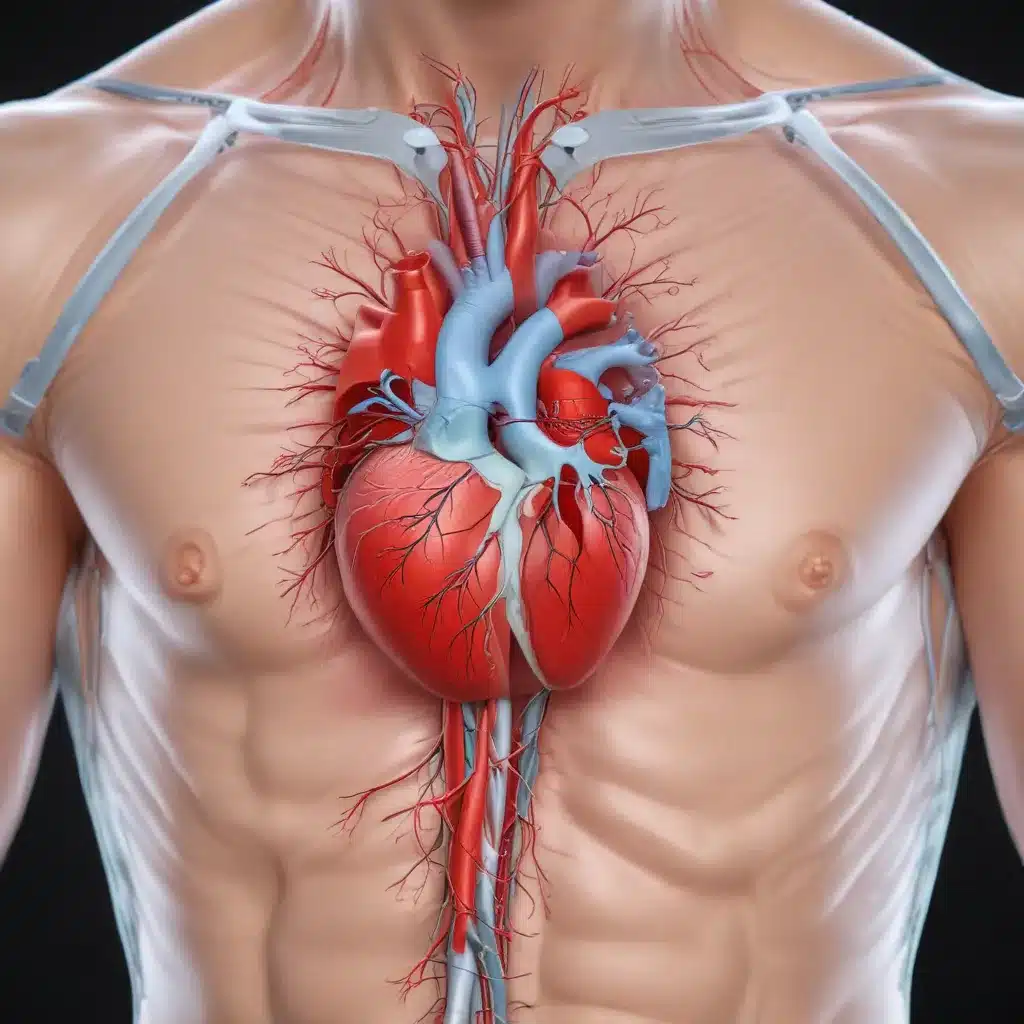
The Emergence of Digital Twins in Precision Cardiology
Cardiovascular disease (CVD) remains a leading cause of global mortality and disability, underscoring the critical need for more effective and personalized approaches to prevention, diagnosis, and treatment. Traditional risk assessment models and population-based therapies often fall short in accurately predicting individual disease trajectories and optimizing outcomes. However, a promising solution is emerging in the form of digital twins – virtual replicas of physical entities that can simulate real-time changes and interactions.
The concept of digital twins has garnered significant attention in the realm of precision medicine, offering the potential to revolutionize cardiovascular care. These virtual models integrate vast amounts of data, from genetic profiles and medical histories to real-time biometric monitoring, to create highly personalized representations of a patient’s health. By simulating disease progression and the effects of potential interventions, digital twins can empower clinicians to make more informed, data-driven decisions tailored to the individual.
Harnessing the Power of Data-Driven Modeling
At the core of digital twin technology are advancements in artificial intelligence (AI) and data integration. These innovations enable the seamless fusion of disparate data sources, from electronic health records to wearable devices, into comprehensive, dynamic models of cardiovascular function and disease.
Artificial Intelligence and Machine Learning: AI systems, particularly machine learning algorithms, play a crucial role in extracting meaningful insights from the vast amounts of data that feed into digital twins. These algorithms can uncover complex patterns, predict outcomes, and simulate scenarios that would be impossible for human analysis alone. Techniques such as deep learning and neural networks allow digital twins to continuously learn and adapt, improving their accuracy and clinical utility over time.
Data Integration and Synchronization: The true power of digital twins lies in their ability to maintain real-time synchronization between the virtual and physical realms. By continuously incorporating data from various sources, including medical imaging, genetic tests, and wearable sensors, digital twins can provide a comprehensive, up-to-date representation of an individual’s cardiovascular health. This bidirectional data flow enables dynamic model updates, ensuring that clinical decisions are based on the most current and accurate information.
Transforming Cardiovascular Care Pathways
The integration of digital twins into cardiovascular care has the potential to reshape various aspects of patient management, from risk assessment to treatment optimization.
Risk Stratification and Early Intervention
Digital twins can leverage their predictive capabilities to identify individuals at high risk of developing cardiovascular conditions, such as coronary artery disease or heart failure. By simulating disease progression based on a patient’s unique physiological, genetic, and lifestyle factors, these virtual models can alert clinicians to potential issues before they manifest clinically. This early detection allows for proactive interventions, such as targeted lifestyle modifications or preventive therapies, potentially mitigating the development or severity of disease.
Personalized Treatment Planning
Once a cardiovascular condition is identified, digital twins can play a pivotal role in guiding treatment selection and optimization. By simulating the effects of various interventions, from medications to surgical procedures, on the individual patient’s virtual model, clinicians can evaluate the potential outcomes and tailor the treatment plan accordingly. This personalized approach can improve the likelihood of successful outcomes, reduce the risk of adverse events, and minimize the need for costly or invasive trial-and-error approaches.
Procedural Rehearsal and Optimization
Digital twins can also be employed to enhance the planning and execution of complex cardiovascular procedures, such as transcatheter aortic valve replacements (TAVR) or coronary artery bypass grafting (CABG). By creating detailed, patient-specific simulations of the anatomy and underlying physiology, clinicians can rehearse the procedure, test different strategies, and optimize the surgical approach before ever setting foot in the operating room. This preoperative planning can lead to improved procedural outcomes, reduced complications, and more efficient use of healthcare resources.
Overcoming Challenges and Realizing the Full Potential
While the promise of digital twins in cardiovascular care is compelling, there are several challenges that must be addressed to realize their full potential.
Data Governance and Privacy
The integration of vast, multi-modal datasets required for digital twins raises significant concerns around data privacy, security, and governance. Robust ethical frameworks and data management protocols must be established to ensure the protection of sensitive patient information and address issues of consent, data ownership, and responsible data sharing.
Clinical Validation and Regulatory Approval
Before digital twins can be widely adopted in clinical practice, they must undergo rigorous validation to demonstrate their accuracy, reliability, and clinical utility. This process may require extensive clinical trials, the establishment of standardized validation protocols, and collaboration with regulatory bodies to develop appropriate approval pathways for this emerging technology.
Clinician Acceptance and Integration
Successful implementation of digital twins in cardiovascular care will also depend on the willingness and ability of clinicians to integrate this new technology into their workflow. Efforts to address clinician concerns, provide comprehensive training, and demonstrate the tangible benefits of digital twins will be crucial in driving widespread adoption and trust in this transformative approach.
Embracing the Future of Precision Cardiology
As the field of digital twins continues to evolve, the potential for transforming cardiovascular care is immense. By seamlessly integrating vast amounts of data, leveraging advanced AI and modeling techniques, and enabling personalized, data-driven decision-making, these virtual representations of individual patients hold the promise of ushering in a new era of precision medicine in cardiology.
Through continued research, technological advancements, and collaborative efforts among clinicians, researchers, and policymakers, the vision of digital twins as a cornerstone of cardiovascular care can be realized. As we embrace this exciting frontier, the IT Fix blog will remain at the forefront, providing valuable insights and practical guidance to help shape the future of digital health and revolutionize the way we approach cardiovascular disease.












